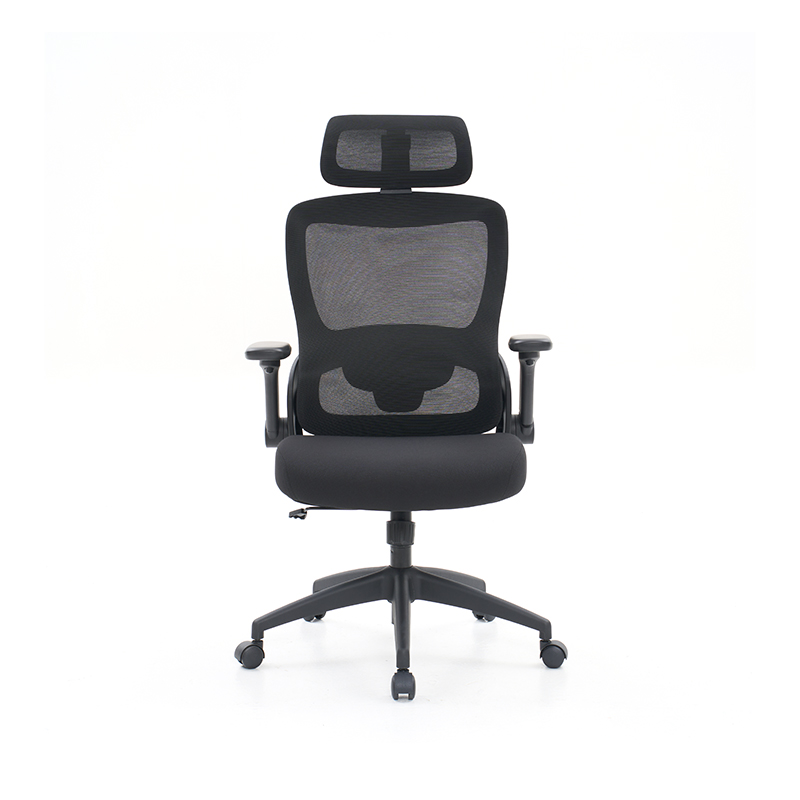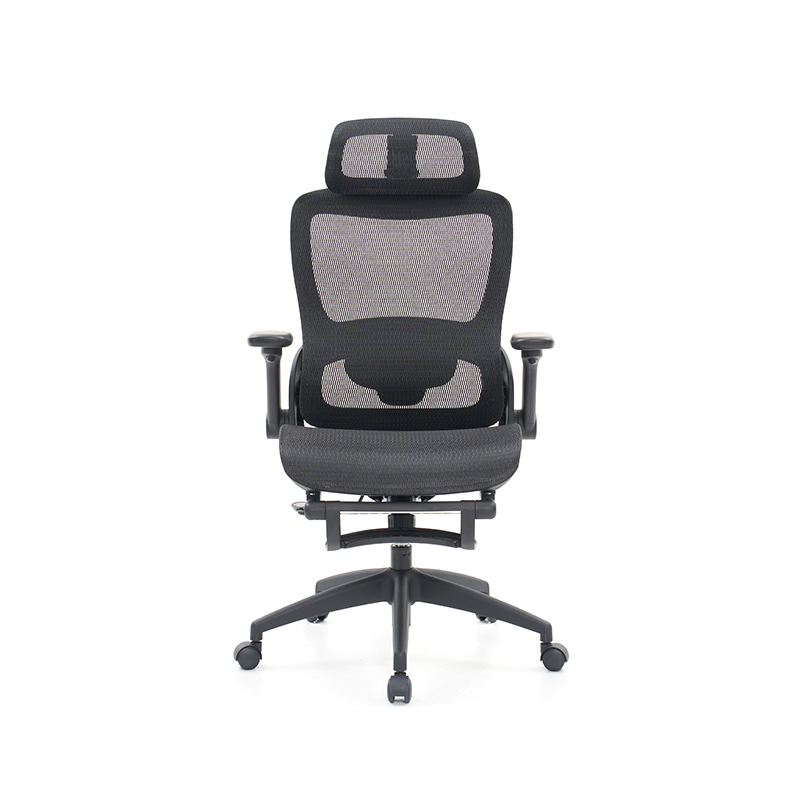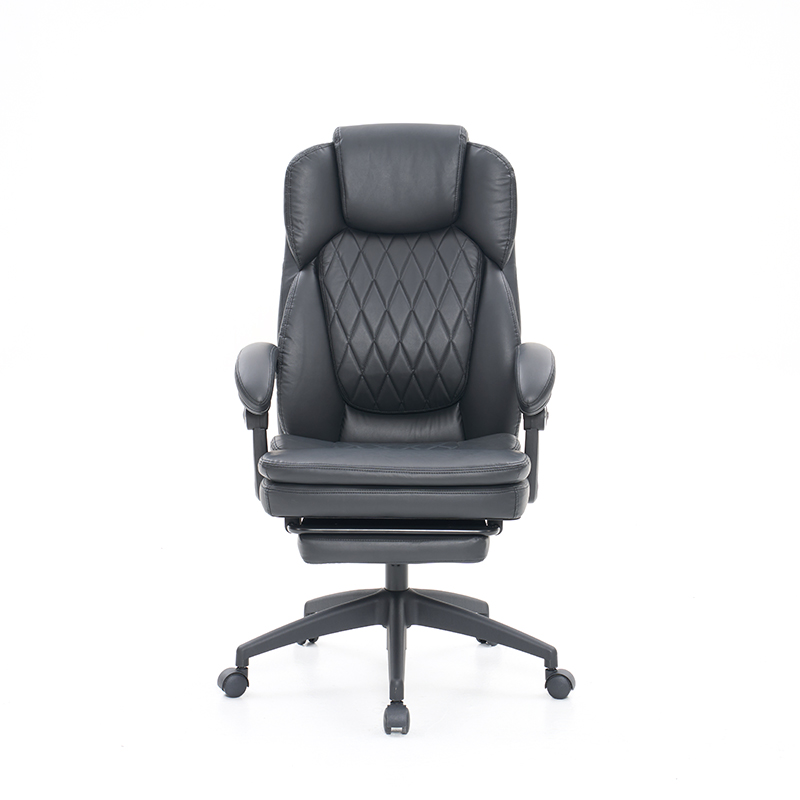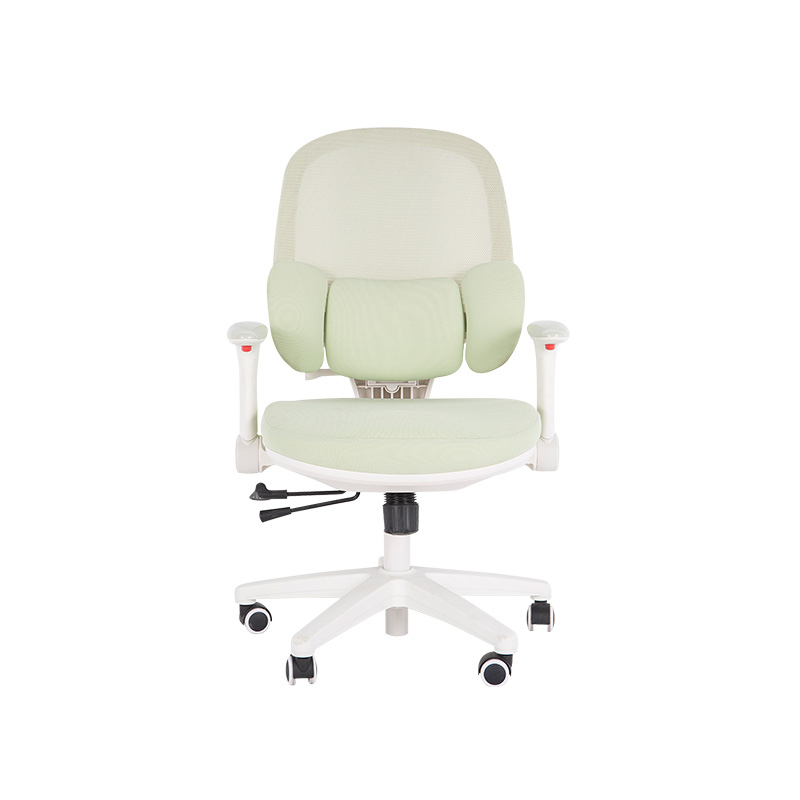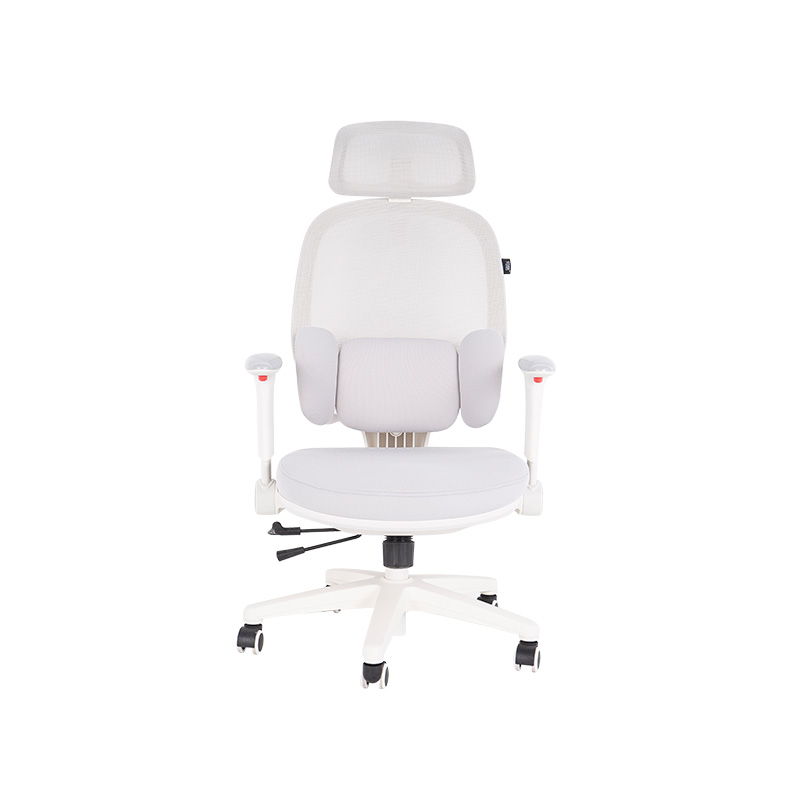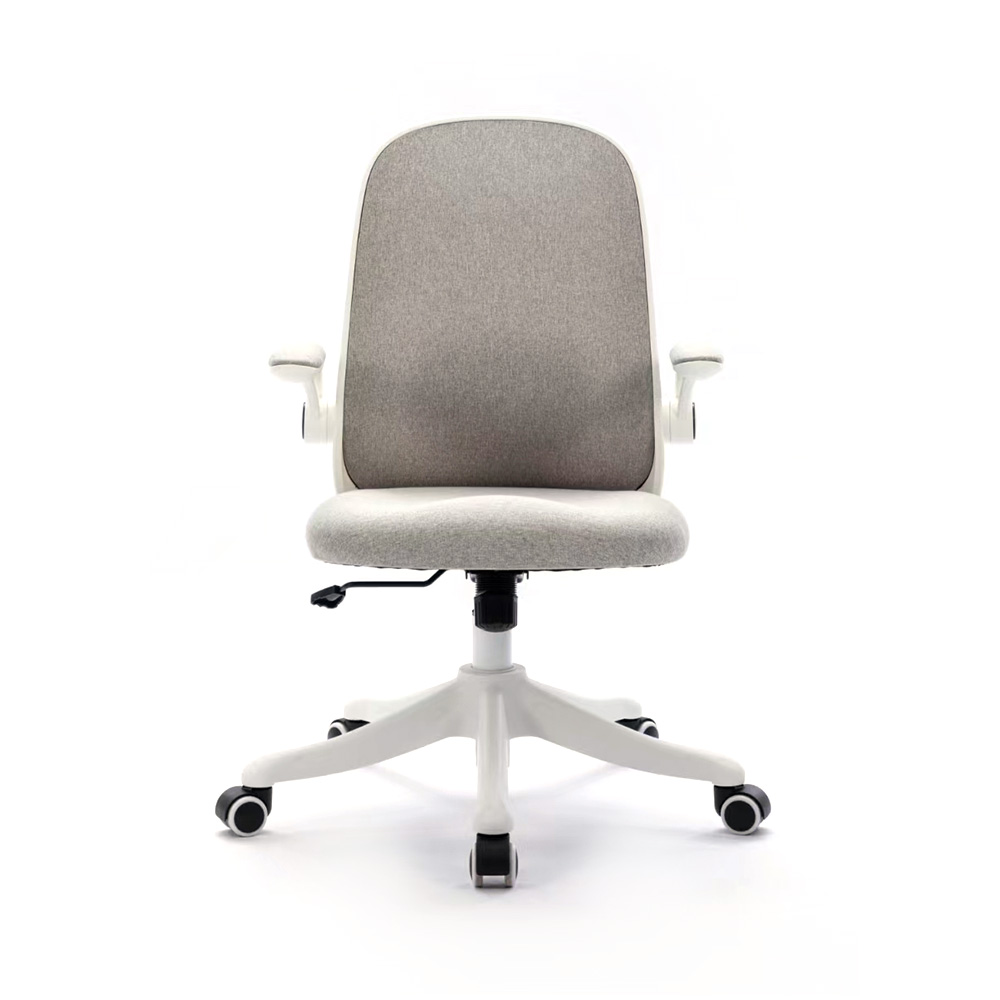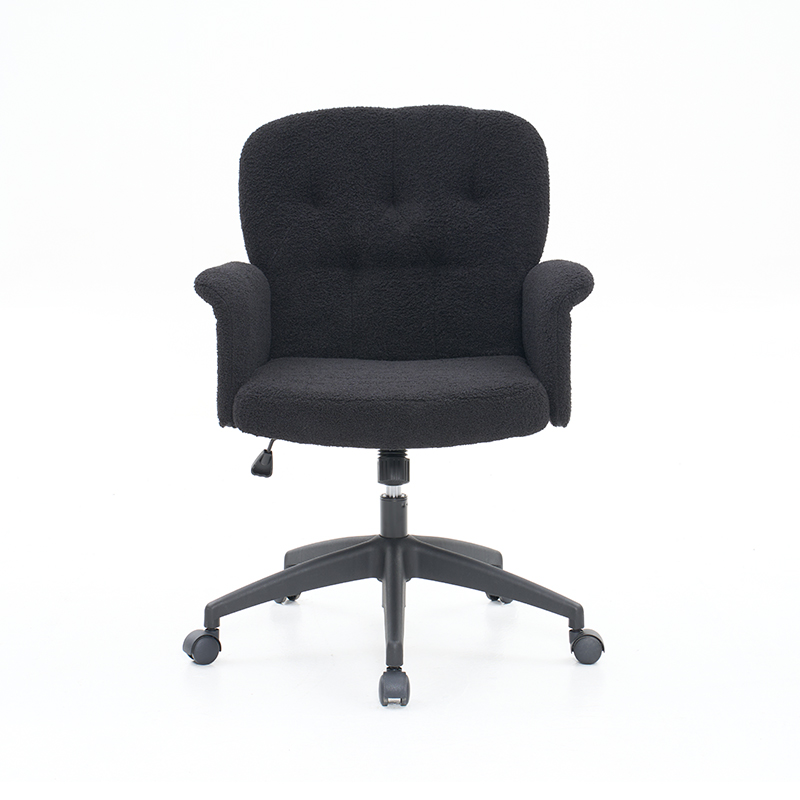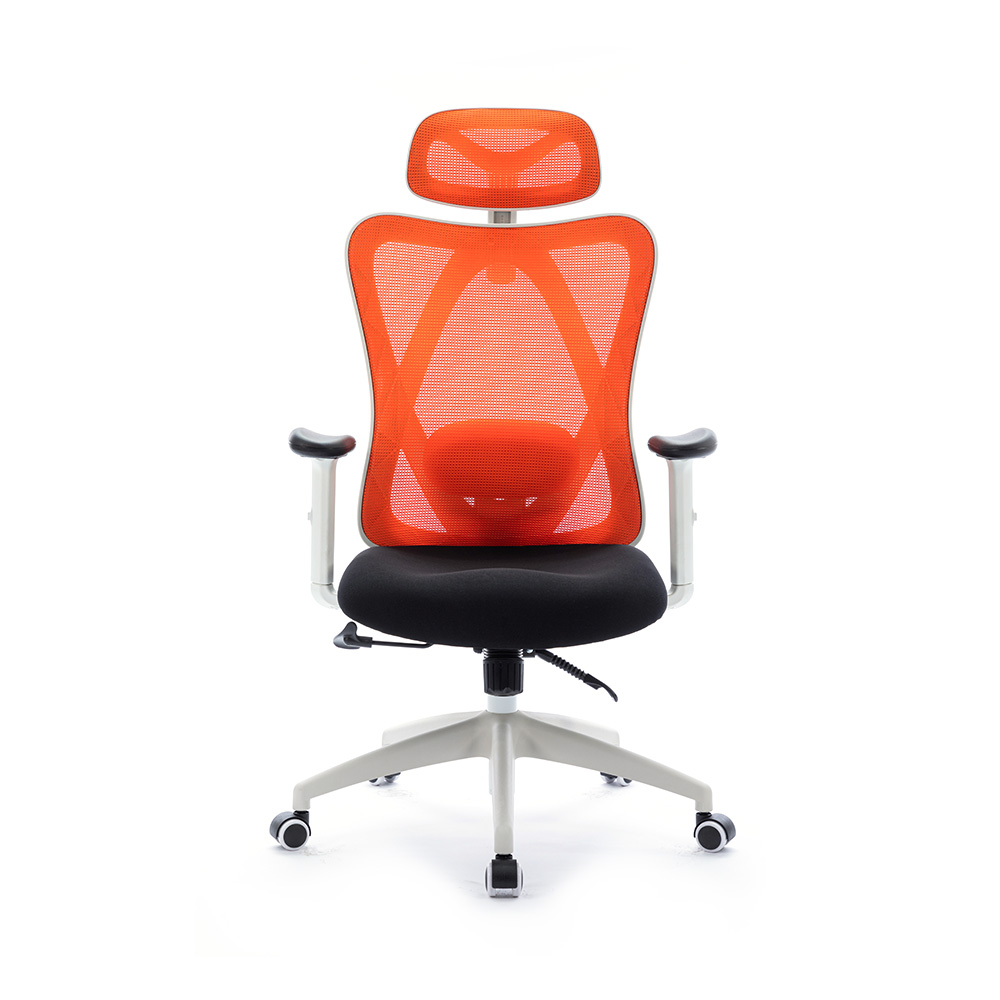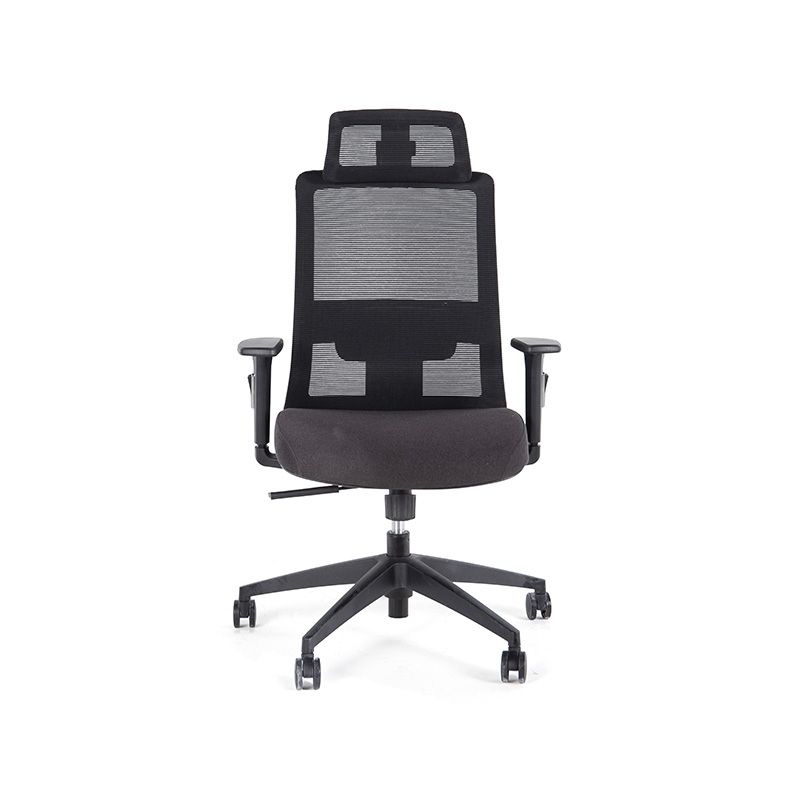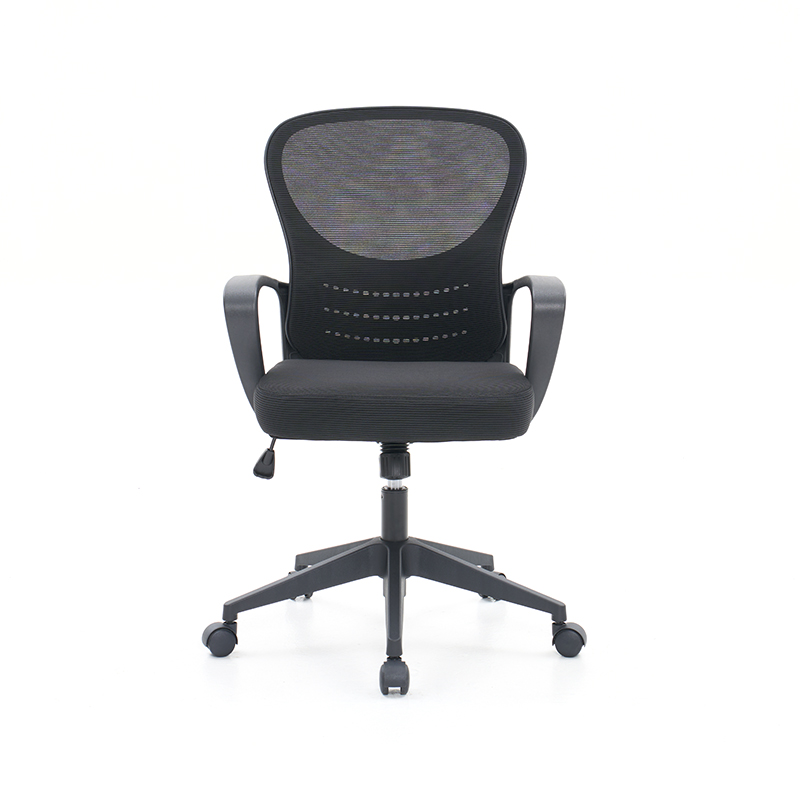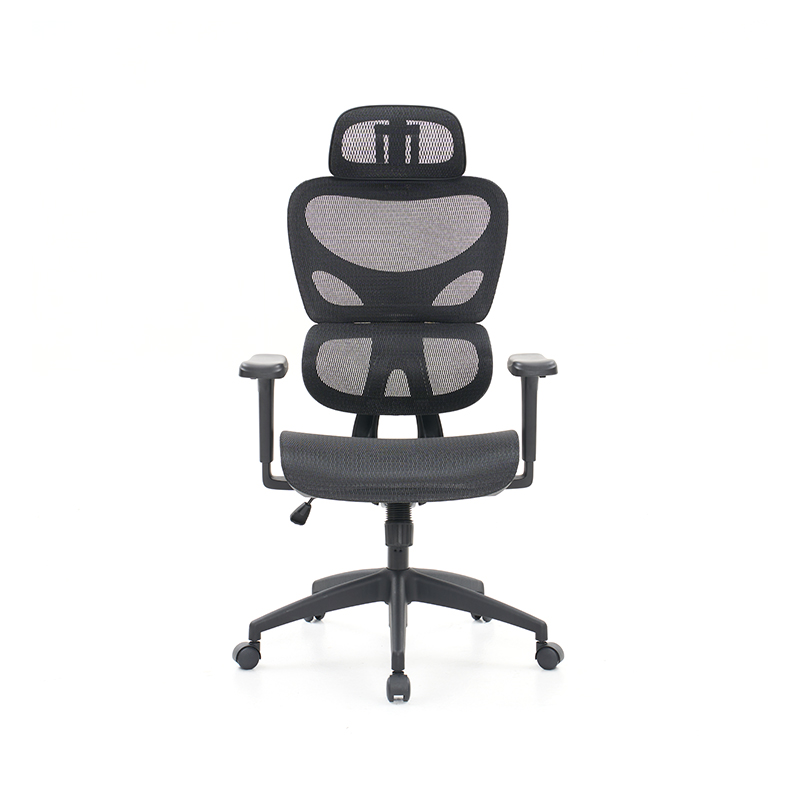How many people have been “trapped” by the traditional straight backrest? How does the Ergonomic Office Chair subvert the logic of chair support?
1. The “natural code” of the human spine: from physiological curvature to support needs
The human spine is not a straight columnar structure, but presents a natural S-shaped physiological curvature - cervical lordosis, thoracic kyphosis, lumbar lordosis, and sacral kyphosis. This wave-shaped design is like a precision shock absorber, dispersing gravity when standing and moving to maintain body balance. But when we sit for a long time, the spine needs to bear additional pressure: if the sitting posture is improper or the support is missing, the physiological curvature is easily destroyed, resulting in an imbalance of intervertebral pressure and continuous compensatory muscle contraction.
The backrest design of the Ergonomic Office Chair is based on the S-shaped curvature of the human spine as the “golden template”. Through anatomical research and biomechanical analysis, the designer accurately matches the curvature of the chair back with the turning angle of the lumbar lordosis and thoracic kyphosis, ensuring that the tailbone to the scapula area can get a fitting support. This design concept breaks the inherent thinking of the "flat backrest" of traditional chairs, and instead uses a dynamic fit method to transform the static sitting posture into a spinal stress state that is closer to natural standing.
2. Mechanical innovation of the S-shaped backrest: from pressure dispersion to health protection
1. Lumbar support: the "first line of defense" against long-term sitting
As the core area of the spine bearing weight, the lumbar spine can withstand more than twice the pressure of the standing state when sitting for a long time. Traditional chair backrests often leave the lumbar spine in a suspended or excessive lordosis state due to the lack of curvature or the offset of the support point. The S-shaped backrest of the Ergonomic Office Chair accurately fills the gap between the waist and the chair back through the adjustable lumbar support design. The curvature and strength of the lumbar support have been repeatedly tested and optimized, which can not only provide sufficient support to lift the lumbar spine, but also avoid discomfort caused by excessive top pressure. When the user sits down, the lumbar spine is firmly supported, the intervertebral pressure is evenly distributed, and the originally tight lumbar muscles are relaxed. This support mechanism is like equipping the lumbar spine with an "invisible bracket", which significantly reduces the risk of lumbar disc herniation and lumbar muscle strain.
2. Fitting of the thoracic spine and scapula: Reshaping sitting posture stability
In addition to the lumbar spine, the support of the thoracic spine and scapula area is also critical. The upper part of the S-shaped backrest conforms to the thoracic kyphosis arc, wrapping the back evenly to avoid chest compression and breathing difficulties caused by hunchback. The shoulder blade fitting design is more ingenious: when the arms are naturally drooping, the backrest can guide the shoulders to sink, maintain the relaxed state of the shoulders and neck, and effectively relieve the stiffness of the trapezius muscles caused by long-term desk work.
3. Dynamic adjustment: adapt to different body shapes and sitting postures
The excellent Ergonomic Office Chair backrest is not only statically fitted, but also has dynamic adjustment capabilities. The height-adjustable lumbar support and chair back tilt angle adjustment functions can adapt to different heights and sitting habits. For example, when the user changes from typing at the desk to leaning back to read, the backrest can adjust the tilt angle and support strength synchronously to always maintain the natural extension of the spinal curvature. This "adaptive support" mechanism completely bids farewell to the rigid form of traditional chairs that are "one size fits all".
3. The "fatal flaw" of traditional backrests: from design errors to health hazards
1. Straight backrest: an anti-physiological "invisible killer"
The straight backrests of most traditional office chairs essentially violate the natural curvature of the spine. When the user leans back, the lumbar spine is forced to move backward to fit the backrest, resulting in a sudden increase in pressure in the posterior part of the intervertebral space. In this "anti-physiological sitting posture" for a long time, the intervertebral disc annulus is prone to strain, accelerating the process of lumbar degeneration. In more serious cases, the disappearance of lumbar lordosis will affect the curvature of the thoracic and cervical spine, forming a chain reaction of "round shoulders - hunchback - forward head".
2. Height mismatch: the support trap of losing one thing while focusing on the other
Although some traditional chairs are designed with backrest curvature, they cannot adapt to different body shapes due to fixed height. A backrest that is too high may compress the back of the neck and force the head to extend forward; a backrest that is too low cannot support the shoulder blades, causing the shoulders to be suspended for a long time. This "loss of one thing while focusing on the other" design not only fails to relieve fatigue, but also creates new pain points - data shows that the wrong backrest height can increase the incidence of shoulder and neck pain by more than 40%.
3. Material shortcomings: comfort barriers caused by lack of elasticity
The hard plates or cheap sponges commonly used in traditional chairs are difficult to deform according to the body contour. When the user leans on it, the backrest cannot effectively disperse the pressure, resulting in excessive local force. Especially after sitting for a long time, the back is prone to indentation and numbness, which aggravates physical fatigue.
IV. Scientific verification: from anatomical data to clinical feedback
Biomechanical studies have shown that an S-shaped backrest that conforms to the spinal curvature can reduce lumbar pressure by 38% and reduce the intensity of lumbar muscle electrical activity by 25%. Medical clinical observations have also confirmed that the incidence of lumbar disc herniation in people who use this type of backrest for a long time is 27% lower than that in the control group. Behind these data is the precise grasp of spinal biomechanics by ergonomic design: by evenly distributing pressure on the intervertebral space, ligaments and muscle groups, the transformation from "passive support" to "active health" is achieved.
Contact Us

 English
English 中文简体
中文简体 عربى
عربى




